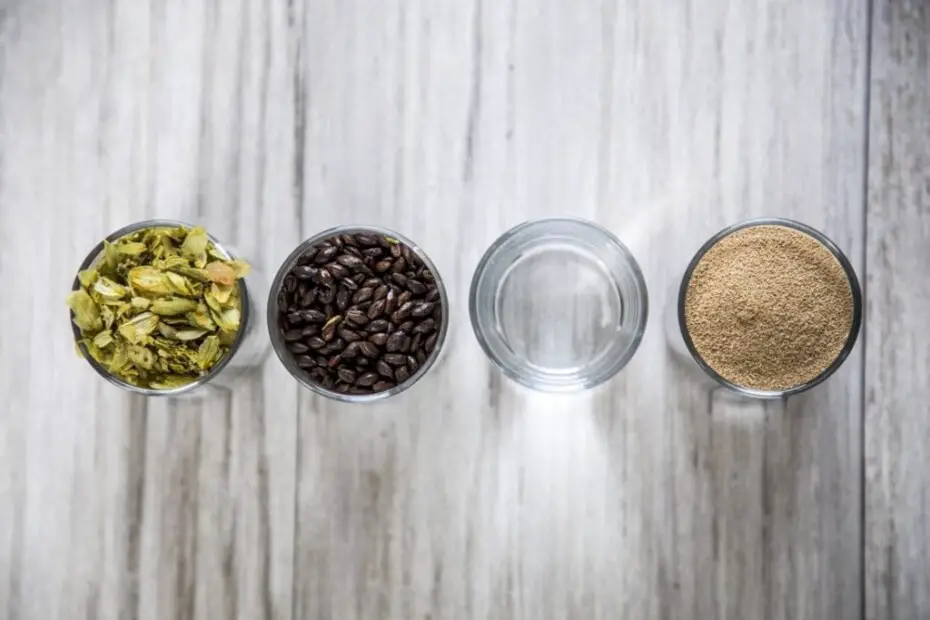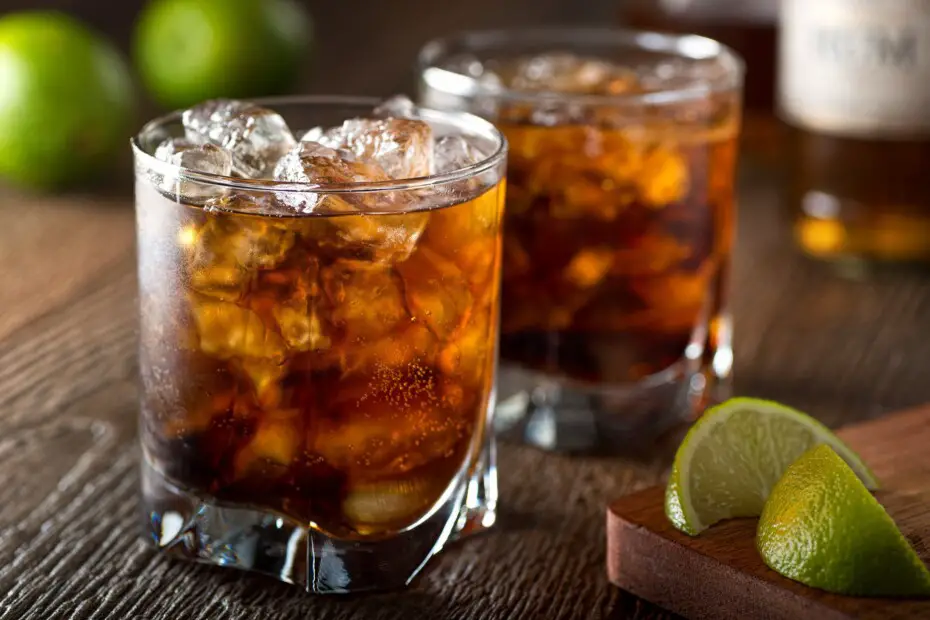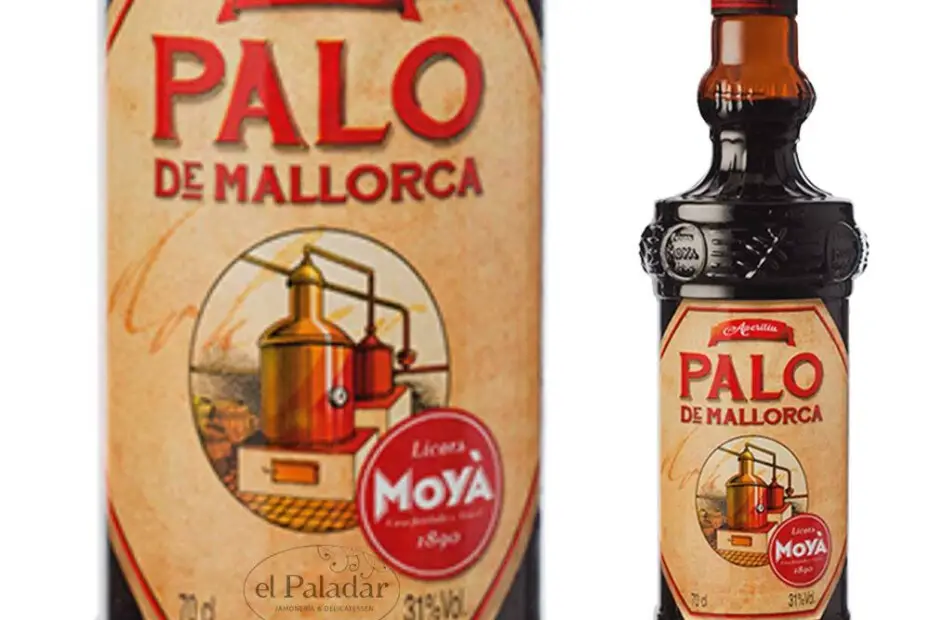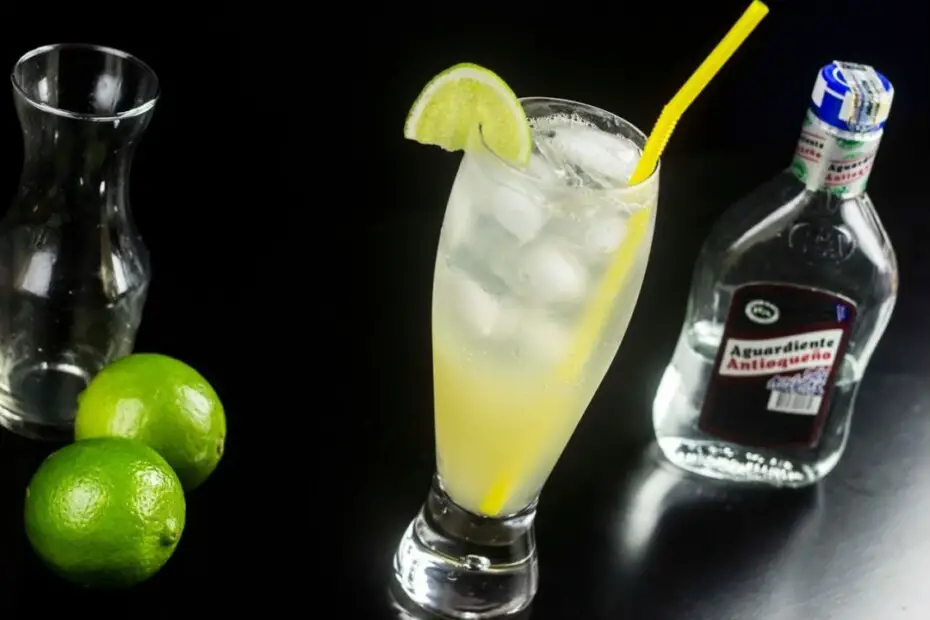do you know how to make beer? If you are one of those beer lovers and you have wondered how beer is made, here we will tell you how it is brewed, which you can do at home and enjoy a drink with a personal seal that will refresh and delight you.
Beer is a fermented alcoholic beverage with a characteristic bitter taste that fascinates thanks to its peculiar flavor and natural freshness, which is why young people and adults almost always prefer a good blonde beer to accompany their evenings and meals.
En esta nota, encontraras lo siguiente
how to make beer? Without being a master brewer
Beer is a beverage that has been gaining followers day after day, and it is not only a refreshing drink that can accompany any occasion, thanks to its ingredients it enhances the proper functioning of the body and helps prevent degenerative diseases.
But although some of us know a lot about this delicious drink, others do not know how it is made, which is responsible for its intense flavor and incredible foam.
Beer is made under a brewing process which is necessary to achieve the blond, black, red or toasted liquid that will be part of the preference of each of the followers of this charming and versatile beverage.
So you may be wondering, how is beer made? well, beer is made in four main stages to obtain the precious blond liquid, which are:
- Obtaining sugar from cereal grains
- Cooking of the sugar liquid
- Fermentation
- Carbonation
what are the ingredients of beer?
Beer is an alcoholic beverage made with natural ingredients whose maceration, fermentation and maturation process results in a liquid that can vary in color, bitterness or sweetness. Throughout the years, beer has found itself among the preference of many people looking for different beverages.
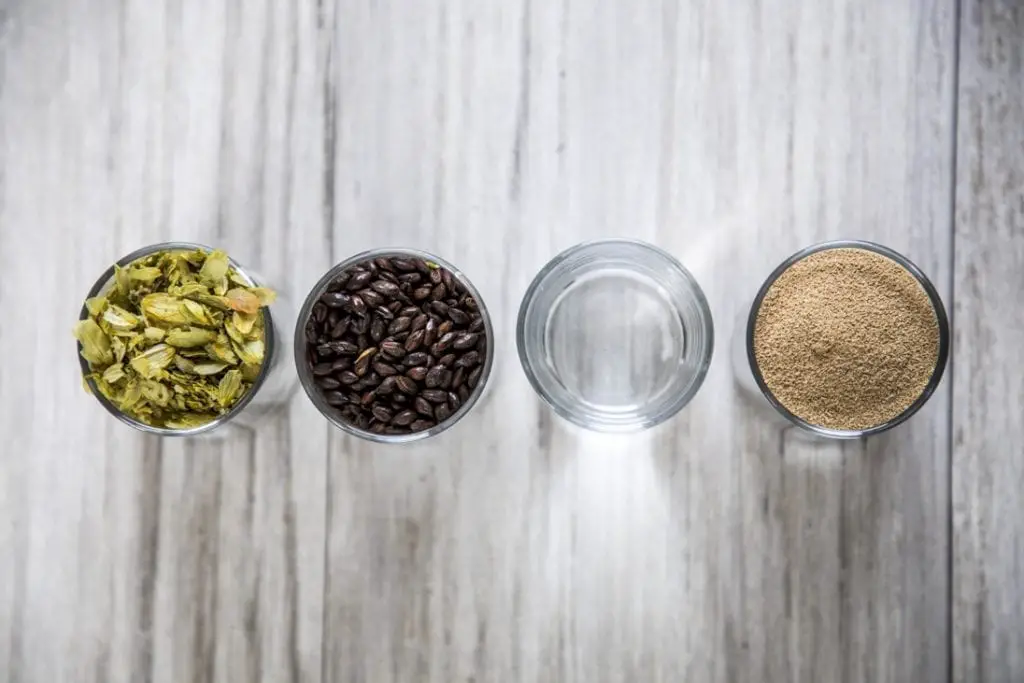
The ingredients of beer can in turn be accompanied by others that in smaller proportion will give nuances of flavors and aromas that can make them more or less striking, all depending on the palate that tastes them. The main ingredients of beer are:
- Water
- Malt
- Hops
- Yeast
These four ingredients are responsible for filling beer lovers around the world with flavor and freshness. As we already know, the main ingredients of beer are 4 and they are made up of water, malt, hops and yeast.
Water
Water is the main ingredient in beer brewing, and about 85% to 95% of it is water, which is why we can find minerals such as calcium, sulfates and chloride in beer.
Each of the minerals present in water performs an important process, so we can find that calcium is responsible for increasing the extraction of malt and hops during mashing and boiling, thus reducing the turbidity in beer.
On the other hand, copper, manganese and zinc inhibit yeast flocculation, while sulfates reinforce the bitterness and dryness of the hops and chlorides give a fuller texture and reinforce the sweetness of the beer.
Water is the fundamental base of the beer, so its purity must be complete so that it does not alter the composition of the beer and does not become a factor that changes the properties and quality of this delightful liquid.
Malt
Any cereal can be usedto make beer, its elaboration is not anchored to a single type of cereal, that is to say, we can use barley, wheat, oats, rice, corn or any other we want to use as long as it is malted.
Malt is the product obtained from the germination of cereal grains in a controlled manner, which are then subjected to a drying and roasting process.
It is necessary to use any cereal that is malted so that its sugars are fermentable, barley malt being generally the grain most used in western brewing. Malt is divided into three categories, which are: 1.- Base Malts Base malts are light malts, lightly kilned and with great enzymatic power, i.e., the capacity to convert starch into fermentable sugars, which usually make up 85% to 100% of the total grain mixture when brewing beer.
Among the best known base malts in the world are: Pilsner, Pale Ale, Munich and Vienna. 2.- Specialty Malts Special malts are those malts that are highly kilned, with little or no enzymatic power and range from amber to black.
These malts are generally used in small quantities and seek to develop specific colors, aromas and flavors in the beer, depending on the style being brewed.
There is currently a great variety of specialty malts, among which we can find black malts, chocolate malts, roasted malts, among others.
3.- Mixed Malts These are malts that are more roasted than the base malts but retain sufficient enzymatic properties, at least to generate their own sugars, so that they can be used as a base or as additives.
Within this category are the caramel and amber-colored malts known in England as crystal malts and in Germany as caramel malts.
Hops
Hops are an indispensable ingredient in beer brewing. This particular component comes from the female flowers of the plant called cones, where the so-called lupulin glands reside.
Lupulin is a yellowish resin that is transformed during the brewing process, providing aromas, flavors and antibacterial preservation capabilities, also helping to further stabilize the beer’s foam formation and retention process.
Hops, scientifically named Humulus Lupulus, is a plant of the cannabaceae family native to Europe, Western Asia and North America. Its main components are:
- Alpha acids: These are responsible for the bitterness of beer and are made up of a group of resins, mainly humulone, cohumulone and adhumulone, which undergo a transformation process called isomerization when boiled, forming bitter compounds that are dissolved in the beer, called iso-alpha acids.
- Beta acids: These are resins with low bittering power but which, when oxidized, generate undesirable flavors and astringency in beer and are known as lupulones.
- Essential oils: Essential oils are responsible for giving flavor and aroma to beer, their quantity and quality vary according to the variety of hops and generally represent between 0.5% and 3% of its total mass.
- Tannins: They are responsible for inhibiting bacterial growth, this antibacterial action lasts over time helping the conservation of beer while favoring the healthy development of yeast during the fermentation stage.
Hops besides possessing components that make it special and determinant within the brewing process is classified into three types, which are: 1.- Bitterness hops These hops are rich in alpha acids and are added at the beginning of the brewing process.
Some of the best known in this category are Brewer’s Gold, Northern Brewer and Cascade hops. 2.- Aroma Hops These are the ones that provide the greatest amount of aromatic elements and are added at the end of the boiling process, or after fermentation in a process called Dry Hopping.
Some of the most recognized are the Czech hops Saaz, the Germans Spalt and Tettnang, the English Golding and Fuggles and the American Cascade and Willamette.
3.- Mixed Hops These are those that contribute both aroma and flavor characteristics to the beer in less accentuated ways. It is a very variable category and we can find within this category the German Hersbrucker and Hallertau hops, as well as their botanical derivatives.
Yeast
Most beer styles are made using one of two single-celled species of microorganisms of the Saccharomyces type commonly known as yeast, which is a sugar-consuming fungus that produces alcohol and carbon dioxide.
Yeast is a single-celled fungus that reproduces asexually by budding, a process in which its structure develops a bud or protuberance that then develops into a new individual.
There are two types of yeast that define the two main groups of beers, which are: 1.- High Fementation Yeast (ALE) This yeast is normally found in nature and is called Saccharomyces cerevisiae.
It works at temperatures between 12°C and 24°C, and is located on the surface of the wort during fermentation, which is why it is called top-fermenting yeast.
2.- Bottom-fermenting yeast (LAGER) This yeast belongs to the Saccharomyces uvarum species, and works at temperatures between 7°C and 13°C and is positioned at the bottom of the wort during fermentation, which is why it is called bottom-fermenting yeast.
Brewing beer step by step
Brewing beer has a methodology that allows to obtain as a final result a fresh alcoholic beverage with particular characteristics, but do you know which are the steps you must follow to do it? to answer this question we will give you the steps you must follow to be able to brew beer and not succumb in the attempt. 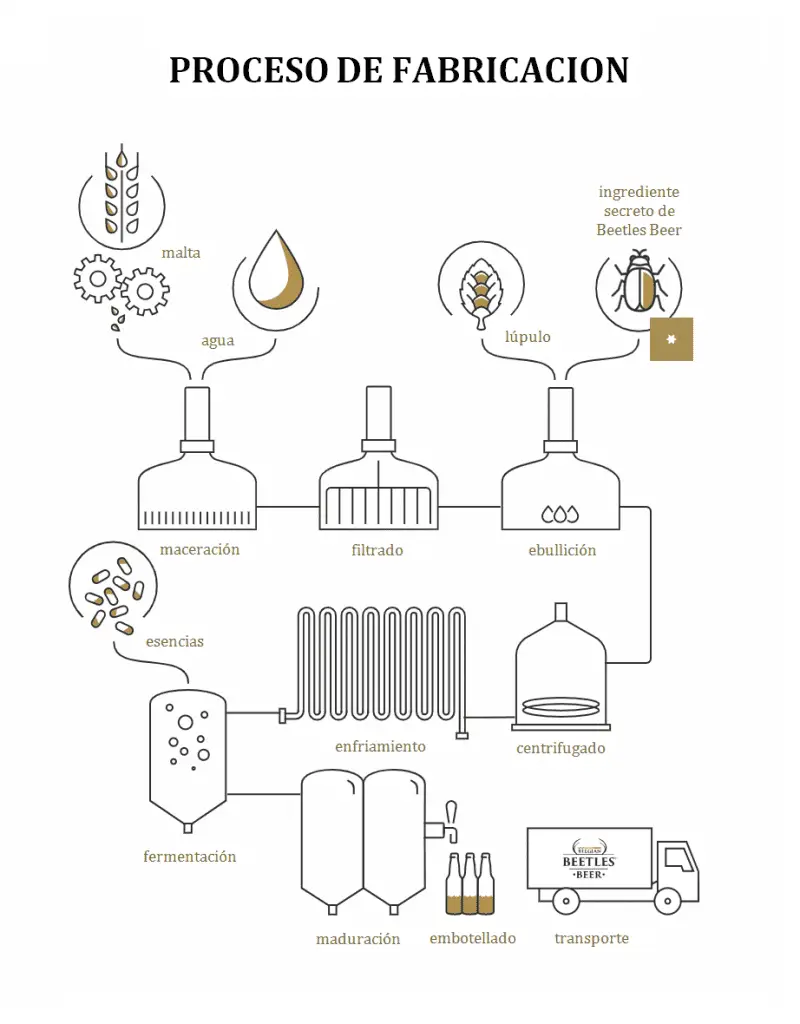
Malting
This is the main thing to do and it is when the cereal grains, usually wheat or barley, are submerged in water so that they begin to germinate and dry with hot air shortly afterwards. The malting process consists of three basic stages, which are:
- Germination: Consists of inducing the sprouting of the cereal grains to allow the activation of the enzymes that will convert the starch into fermentable sugars or amylolytic enzymes and constitutes the first stage in the brewing process.
- Drying: This consists of stopping germination by eliminating the water contained in the seeds using heat. The drying temperature should not exceed 60ºC so as not to destroy the amylolytic enzymes.
- Roasting: Consists of roasting the malt at increasing and progressive temperatures to produce malts with different degrees of caramelization.
Milling and mashing
The cereal is milled and mixed with hot water at a certain stable temperature for a specific time, so that the malt enzymes act on the unmalted cereals and adjuncts, transforming their starch into fermentable sugars. Mashing can be carried out in two different ways:
- Simple mashing: The mash is subjected to a stable temperature range. This must be maintained between 65°C and 68°C for one hour, then the excess grain is removed and the sugary liquid called wort is obtained.
- Stepwise maceration: This consists of subjecting the mixture of grains to various specific temperature ranges in order to selectively activate enzymes.
Boiling
During this process the wort is sterilized, the color is accentuated and the proteins are coagulated, which favors obtaining a more transparent beer.
It is during this process that hops are added, which, among other factors, will give a counterpoint of bitterness to the sweetened liquid and the resulting beer.
For the boiling to be correct, the wort must be kept boiling for 60 to 90 minutes depending on the style of beer and the ingredients used for it.
After boiling, the liquid is at 100°C and should be brought to a temperature between 25°C and 30°C, which will allow the yeasts to act and prevent the development of contaminating microorganisms and allow a better coagulation of the proteins that can cause turbidity.
Fermentation
During fermentation some reactions take place, which we can understand as follows:
- Inoculation or seeding: This consists of two basic techniques: direct inoculation and preparation of a yeast starter. Direct inoculation consists of adding the yeast, granulated or liquid, directly to the wort, while the yeast starter is defined as a small yeast culture that the brewer uses to start a series of serial replications until the adequate number of cells required is reached.
- Primary fermentation: Primary fermentation is the process carried out by the yeast in the sub days following inoculation. During this process most of the sugars are transformed into alcohol and carbon dioxide. It is characterized by high turbulence and profuse bubbling.
- Secondary fermentation: Secondary fermentation takes place after the agitation of the first days. It is carried out in a secondary fermenter once part of the yeast sediment has been extracted by decanting.
- Attenuation: The purpose of attenuation is to measure the decrease in sugar during fermentation.
- Clarification: This is the process used to eliminate undesired turbidity, which usually derives from three main causes:
- Presence of vegetable matter and yeasts normally used in the manufacturing process.
- Condensation of certain proteins due to the action of cold, a phenomenon known as chill haze.
- Development of contaminating yeasts and bacteria.
Maturation
This is the phase in which the resulting liquid is kept for a period of time in a maturation tank where it rests in cold so that the flavor and aromas achieved during the process are stabilized and the final product maintains the character desired by the brewer.
Bottling
Once the beer is ready, it is bottled, which can be done in different formats for its consumption. Generally, a dark glass bottle and a crown cap are used.
With these steps we obtain a beer that meets the required quality standards and that you can enjoy in the company of friends and family. We will also give you some recipes that you can use to venture into the world of brewing.
+3 Beer recipes that you can not miss
There are several beer recipes that you can elaborate and with which you will enjoy thanks to its delicious flavor and fresh aroma and that will also allow you to develop within the art of craft beer brewing. That is why we will give you 3 recipes that you can’t miss and that you will love.
India Pale Ale Beer
It is a beer characterized by having an intense bitter flavor generated by hops, and has a high alcohol content, which makes it strong and robust.
This particular beer has a lovely golden color with copper flashes which is accompanied by a thick and dense foam. Its intense aroma with floral, citric and spicy notes gives it the perfect touch to accompany its strong bitter taste. 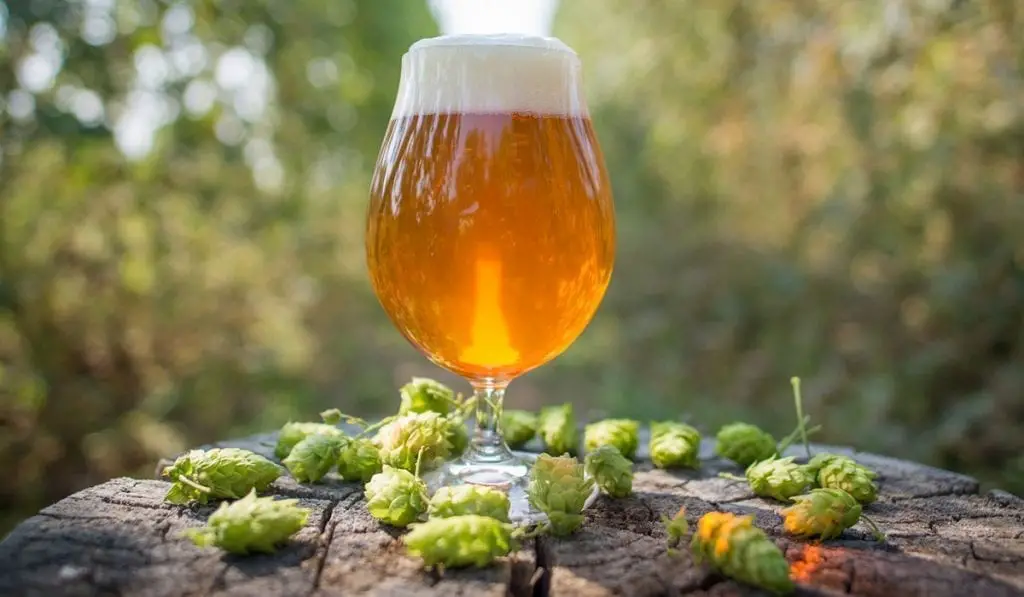 Ingredients what are the ingredients of an IPA?
Ingredients what are the ingredients of an IPA?
- 5.5 kg of pale malt
- 250 grams of crystal malt
- 22 grams of cascade hops (90 minutes)
- 22 grams of cascade hops (60 minutes)
- 20 grams cascade hops (10 minutes)
- 20 grams cascade hops (5 minutes)
- ALE yeast
How to prepare an IPA
- Mash the grains at 65°C for 90 minutes
- Boil wort for 90 minutes
- Primary fermentation for 7 days at 20°C (68°F)
- Secondary fermentation for 7 days at 20°C
- Bottle maturation for 7 days at 5°C (41°F)
Note: Before bottling, it is important to place the mixture in a container together with the diluted dixtrose (120 gr) in a little water with 1 tablespoon of gelatin.
Porter beer
is a dark beer belonging to the ALE style that has a deep roasted malt character and a strong bitter taste caused by hops.
Its color ranges from dark reddish brown to black, its flavor can vary from subtle notes of dark malts to smoky touches that give it a perfect and striking taste. 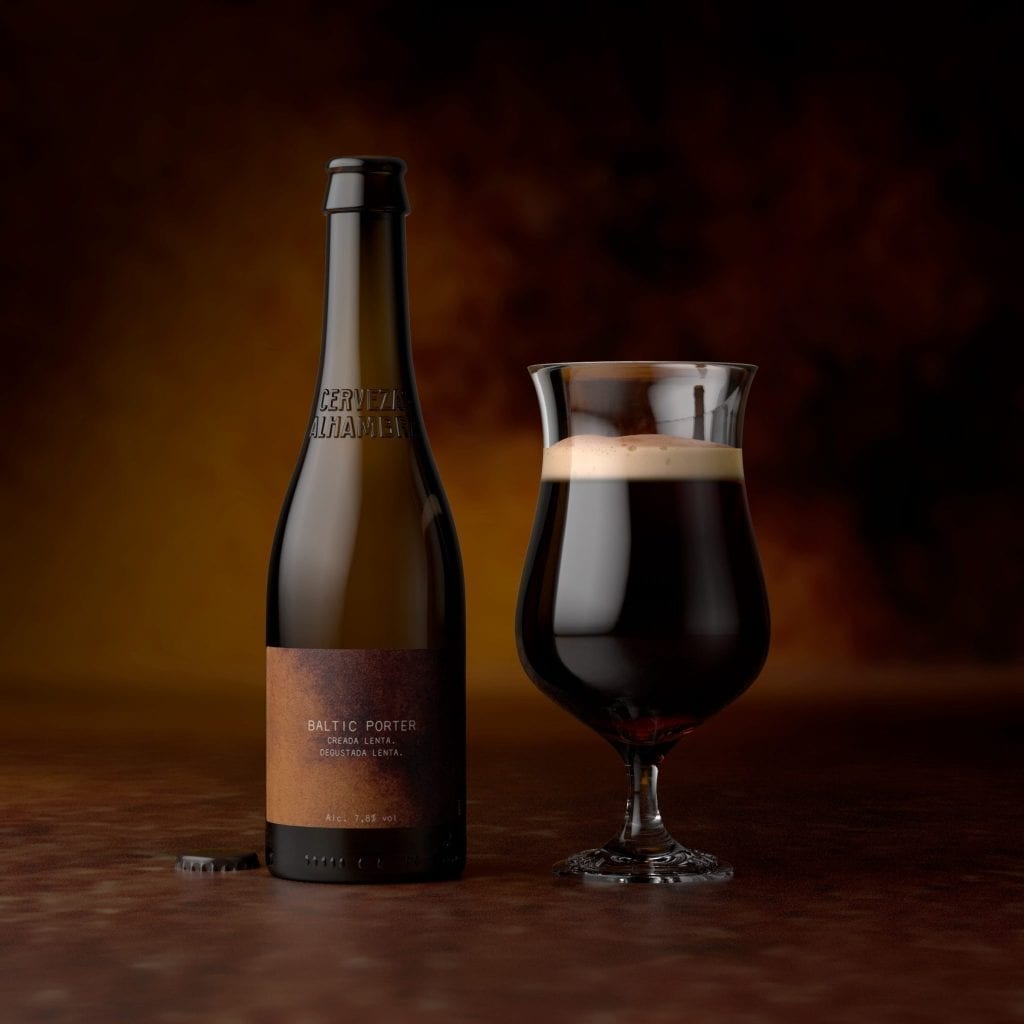 Ingredients what are the ingredients of the Porter for 22 liters?
Ingredients what are the ingredients of the Porter for 22 liters?
- 5 kg of base malt
- 700 gr caramel malt
- 150 gr chocolate malt
- 150 gr black malt
- 300 g rolled oats
- High attenuation yeast, Notthingam
- 2.5 liters of water per kilo of brew at 67 proof
- 20 gr Cascade hops
- 14 grams Kent Golding hops (30 minutes)
- 6 gr Kent Golding hops (60 minutes)
How to prepare
- Mash at high temperature 70°C
- Boil wort 1 hour
- Ferment for 8 days at 20°C
- Mature for 7 days at 5°C (41°F)
Kolsch
It is a German style beer that presents a nice pale to soft golden color which is accompanied by a delicate non-persistent foam.
Its aroma is pleasant with subtle fruity notes that make it fresh and also accompany a mild flavor that is balanced between the bitterness generated by the hops and its fruity touch. 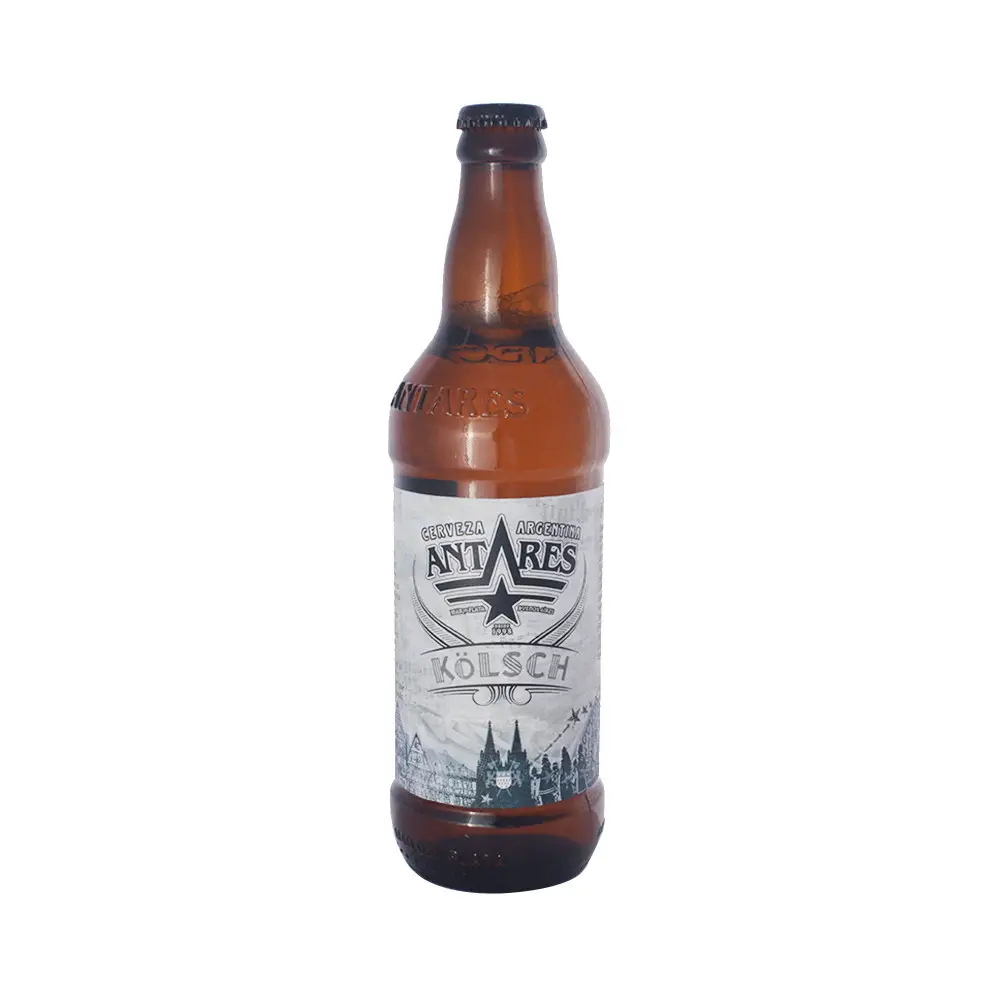 Ingredients what are the ingredients in a 20 liter Kolsch?
Ingredients what are the ingredients in a 20 liter Kolsch?
- 3.5 kg pilsen malt
- 700 g light wheat malt
- 200 gr carapils malt
- 30 gr Tettnager hops at the start of the boil
- 20 grams Tettnager hops after 45 minutes of the boil
- 15 gr Tettnager hops at 55 minutes after the boil
- Wyeast 2565 kölsch or Safale 05 yeast hydrated 30 minutes beforehand
How to prepare
- Simple mashing of the grain at 65°C for 60 minutes
- Boil the wort for 60 minutes
- Clarify with irish moss 15 minutes before the end of boil
- Fermentation for 7 days at 18°C
- Clarification and maturation from 3 to 4 weeks at 4ºC
- Bottling
There are several recipes that can make your foray into the world of beer brewing a successful and safe bet, however, each brewer can add ingredients that serve to give it other aromas and enhance the flavors without really altering the main base that defines beer.

